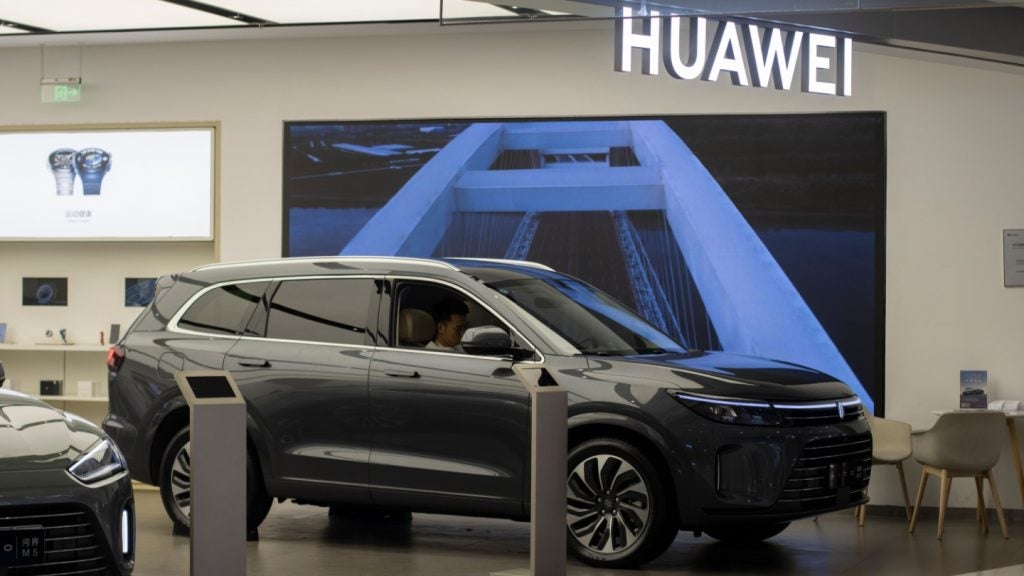
Intelligent buildings will be a prominent part of the future of architecture, according to acclaimed architect Chris Wilkinson, founder of leading practice WilkinsonEyre.
“I can’t predict all these things, and I’m getting on myself in age, but I’ve seen an awful lot of change in my life as an architect, and I that that’s the way it’s moving, really: I think it’s moving towards intelligent buildings,” explained Wilkinson in an interview published today in Verdict’s sister publication Design & Build Review.
Wilkinson, who was awarded an OBE for his contributions to architecture in the UK, is known for a number of high-profile cultural and commercial buildings, including the Mary Rose Museum in Liverpool and the Earth Sciences Museum at Oxford University.
His recent projects include One Barangaroo, a new skyscraper in Sydney, Australia, that will host the Crown Sydney Hotel when it opens in 2021.

The future progress of intelligent buildings
Wilkinson envisions that future buildings will go well beyond the current models of intelligent buildings, with the ability to react and adjust to their occupants’ needs.
“I’m interested in buildings being more interactive; I think buildings should respond to people that are using them and also to the changes in the weather and so on,” he said.
How well do you really know your competitors?
Access the most comprehensive Company Profiles on the market, powered by GlobalData. Save hours of research. Gain competitive edge.

Thank you!
Your download email will arrive shortly
Not ready to buy yet? Download a free sample
We are confident about the unique quality of our Company Profiles. However, we want you to make the most beneficial decision for your business, so we offer a free sample that you can download by submitting the below form
By GlobalData“This is still a little bit advanced, really, and we have managed to do a few things, make some smaller things interactive, but I think it’s not unreasonable in the future to imagine that a building will respond to the sun when it comes out.
“Obviously you can do that at the moment with shading devices, but I think it could be a lot more subtle: the whole building will gradually change a bit, allow the right amount of light without taking in the heat from the sun and the glare from the sun, but it will respond to temperatures, high winds and so on.”
Inside, intelligent buildings will go well beyond the Google Home and Amazon Echo-level of intelligence currently available.
“I think inside the buildings can be active and respond to people,” he said.
“I mean they do to some extent already; we have thermostats and we have computerised systems, but I think the technology is going to make that very much more advanced, so that the building will respond to you.”




